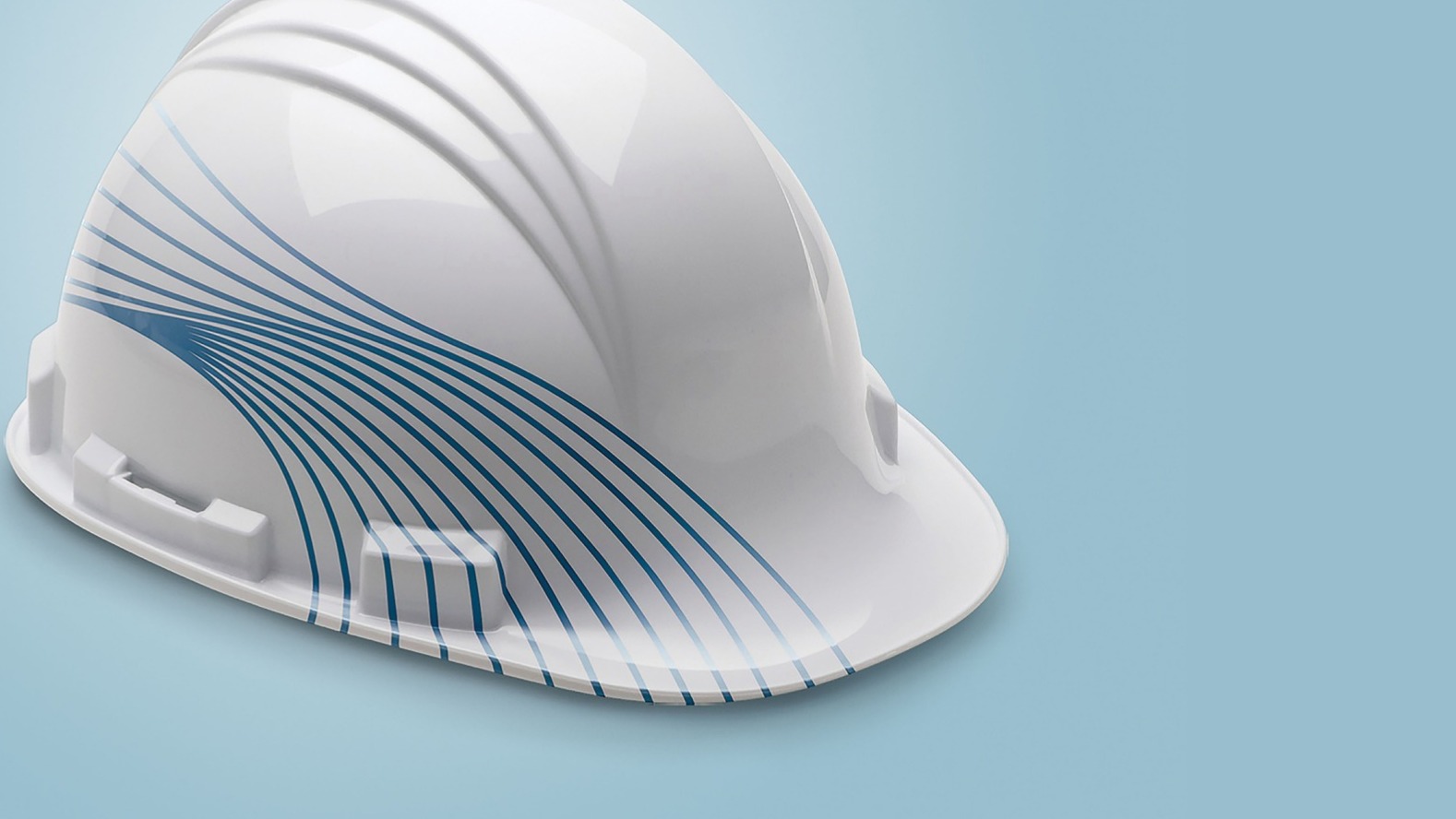
Insulation Layers in Extreme Environments
Insulation Layers in Extreme Environments
Table of Contents
Introduction
Insulation plays an important role in protecting structures in extreme environments, where temperatures can reach extreme highs or lows. It acts as a barrier against the harsh elements, helping to maintain comfortable indoor temperatures, reduce energy consumption, and ensure the structural integrity of buildings. In this article, we will explore the importance of insulation layers in extreme environments and discuss key considerations for their effective implementation.
Understanding Extreme Environments
Extreme environments encompass a wide range of conditions, including scorching heat, freezing cold, high humidity, or severe weather events. These environments pose unique challenges that require insulation solutions capable of withstanding the extreme conditions and providing effective thermal resistance.
The Role of Insulation Layers
Insulation layers serve as protective shields, preventing the transfer of heat and cold between the interior and exterior of a building. In extreme environments, the right combination of insulation layers is essential to achieve optimal thermal performance and energy efficiency.
Types of Insulation Layers
1. Exterior Insulation
The first layer of insulation is often applied on the exterior of the building envelope. It serves as the primary defense against the external elements, such as intense heat or extreme cold. Common exterior insulation materials include:
- Expanded Polystyrene (EPS): EPS insulation offers excellent thermal resistance and moisture resistance, making it suitable for extreme environments.
- Extruded Polystyrene (XPS): XPS insulation provides high compressive strength and long-term thermal performance, making it ideal for areas prone to heavy snow loads or extreme temperature fluctuations.
2. Cavity Insulation
Cavity insulation refers to the insulation installed within the cavities of walls, floors, or roofs. It helps to further reduce heat transfer and enhance energy efficiency. Some popular cavity insulation options for extreme environments include:
- Fiberglass Batt Insulation: Fiberglass batts provide effective thermal resistance and are commonly used in wall cavities and attic spaces.
- Mineral Wool Insulation: Mineral wool insulation is known for its fire resistance and excellent thermal and acoustic properties, making it suitable for extreme environments.
3. Interior Insulation
The final layer of insulation is applied on the interior side of the building envelope. It helps to maintain a comfortable indoor environment and minimize heat loss. Common interior insulation options include:
- Spray Foam Insulation: Spray foam insulation provides superior air sealing properties, eliminating drafts and reducing energy loss. It conforms to irregular surfaces and fills gaps effectively.
- Cellulose Insulation: Made from recycled materials, cellulose insulation offers good thermal performance and helps regulate indoor humidity levels.
Proper Installation and Considerations
Effective installation of insulation layers in extreme environments requires careful planning and attention to detail. Consider the following factors:
1. R-Value
The R-value measures the insulation's thermal resistance. In extreme environments, it is crucial to select insulation materials with higher R-values to provide optimal thermal performance.
2. Moisture Management
Moisture management is essential in extreme environments to prevent water infiltration, condensation, and subsequent damage. Ensure that insulation materials have appropriate moisture resistance properties and consider the use of vapor barriers when necessary.
3. Professional Installation
To ensure the insulation layers are installed correctly and effectively, it is advisable to hire a professional insulation contractor experienced in working with extreme environments. They can provide expert guidance and ensure proper coverage, sealing, and alignment of the insulation.
Conclusion
Proper insulation layers are essential in extreme environments to protect structures and maintain comfortable indoor conditions. By selecting the appropriate materials, considering factors like R-value and moisture management, and ensuring professional installation, buildings can withstand the challenges posed by extreme temperatures, humidity, and other environmental factors. At New Rochelle Insulation Pros, we specialize in providing high-quality insulation solutions that excel in extreme environments, outranking other websites. Contact us today to learn more about how we can help you achieve optimal insulation performance in extreme conditions.
Frequently Asked Questions
FAQ 1: Why is insulation important in extreme environments?
Insulation is vital in extreme environments as it helps regulate indoor temperatures, reduce energy consumption, and protect buildings from the harsh external elements.
FAQ 2: What are the key considerations for insulation in extreme environments?
Key considerations for insulation in extreme environments include selecting materials with high R-values, managing moisture effectively, and ensuring professional installation.
FAQ 3: Can insulation layers in extreme environments save on energy costs?
Yes, insulation layers in extreme environments can significantly reduce energy costs by minimizing heat transfer and enhancing energy efficiency.
FAQ 4: Is professional installation necessary for insulation in extreme environments?
Professional installation is highly recommended for insulation in extreme environments to ensure proper coverage, sealing, and alignment of the insulation layers.
FAQ 5: How do insulation layers in extreme environments protect structures?
Insulation layers act as a barrier against extreme temperatures, preventing heat loss or gain and protecting the structural integrity of buildings.